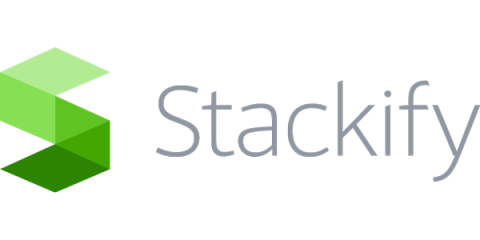Operations | Monitoring | ITSM | DevOps | Cloud
DevOps
The latest News and Information on DevOps, CI/CD, Automation and related technologies.
Making the Business Case for DevOps
Engineering and “the business” don’t always speak the same language. That’s why in this blog post and webinar, we want to show you how to bridge the gap using the language “the business” understands: cold hard cash. When talking to the business value, here are four areas that DevOps provide value for your organization with associated calculators so you can get an exact value to share with your organization.
Spot Success Story | PollardBank
Query string parsing in .NET: The old way vs. the new, which is better?
Go Big With Pseudo-Versions and GoCenter
Go modules have helped bring order to Go development, but there’s been some disorder lurking. Managing module pseudo-versions can be difficult, especially with some of the latest changes to Go. JFrog GoCenter, the free repository of versioned Go modules, now includes some important updates that can help you stay on course. Let’s take a look at how pseudo-versions work, and what you can expect from those changes.
SOLID Design Principles Explained: The Single Responsibility Principle
SOLID is one of the most popular sets of design principles in object-oriented software development. All of them are broadly used and worth knowing. But in this first post of my series about the SOLID principles, I will focus on the first one: the Single Responsibility Principle.
OpenStack distributions: How to choose the right one?
Choosing the right OpenStack distribution is essential to the success of an OpenStack project at every organisation. When selecting one, organisations should always follow certain criteria. Is it possible to operate the considered OpenStack distributions economically? How easy is it to deploy them? Can the organisation upgrade its production OpenStack cloud without affecting the workloads? Everyone planning to deploy OpenStack should ask themselves these questions.
FIPS 140-2: Stay compliant and secure with Canonical
FIPS 140-2 is a set of publicly announced cryptographic standards developed by the National Institute of Standards and Technology. It is an essential part of FEDRamp requirements for many governmental agencies in the US and Canada, as well as their business partners from all around the world. Furthermore, as a well established and verified security standard, an increasing number of large companies and financial institutions are asking for FIPS compliance.











